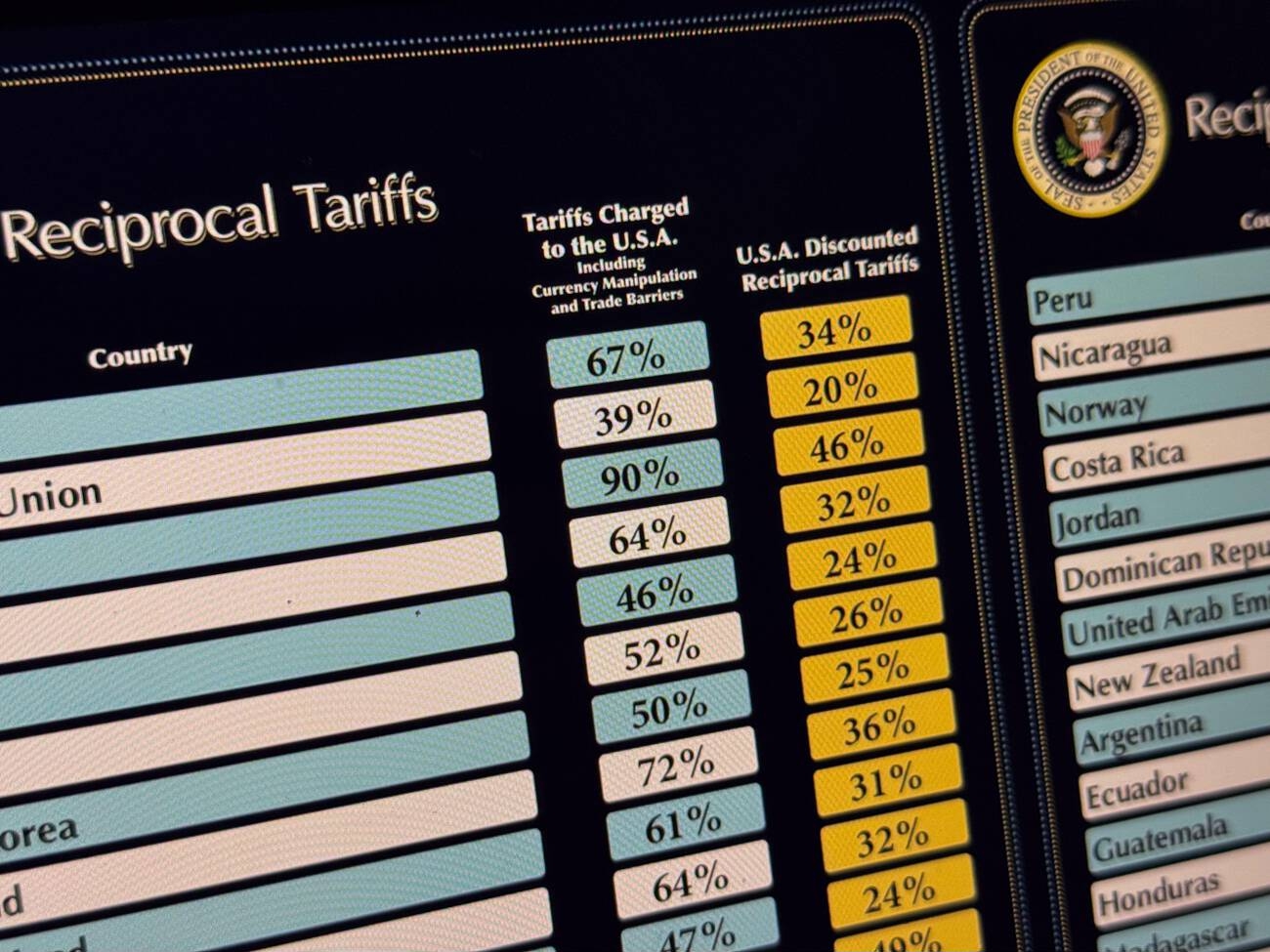By Izzy Kharasch.
Just when the restaurant industry thought it had finally recovered from the repercussions of the COVID-19 pandemic, it is facing new headwinds in the form of the tariffs the Trump administration imposed on imports from other countries.
Besides automobiles, T-shirts and computers, America imports a lot of food from other countries impacted by the tariffs. This will hit restaurant owners and their customers in the pocketbook when avocadoes from Mexico are suddenly more expensive, and that European wine will escalate in price – if it’s available at all.
Bartholomew Broadbent, who owns a Virginia-based wine wholesaler and importer, told CBS News recently that the impact on retail prices in the U.S. is going to be “a lot worse than people think.”
Restaurant owners face a difficult choice: Do they “eat” the increased costs and watch their profit margins suffer? Or do they pass along the costs to their guests (that’s you!) and perhaps lose business?
Among households earning $50,000 or less a year, dining out is already less attractive because of higher prices, according to TouchBistro’s 2025 American Diner Trends Report. When household income is further impacted by tariff-imposed costs, that sentiment may well spread.
Whether you applaud the president’s actions or are fearful of a recession, there’s no question you will not only be paying more at restaurants, you may even see changes in menus. Here are a few of the expectations:
- Independent operators will be hurt more than chains. Large chains of quick-service restaurants may be able to absorb price increases because they buy in such massive quantities from a variety of locations. A small restaurant will be far less able to absorb those costs without raising menu prices.
- New restaurants will find equipment more expensive. U.S. manufacturers produce about $6.4 billion worth of commercial restaurant equipment, and they won’t be subject to tariffs (unless, of course, they export to other countries). China, meanwhile, exported $55 billion in equipment in 2024. Higher tariffs will mean higher start-up costs for new restaurants.
- Grow local, dine local. American farmers export about 40 percent of their total production, mainly corn, soybeans, beef, pork, dairy, nuts (pistachios, almonds) and poultry. But with other countries imposing tariffs on U.S. goods, foreign markets may be less open to them. So if farmers are to stay in business, they have to look for domestic customers. This may give a boost to the locavore, or “farm to table” trend in hospitality.
- More seasonality in menus. Americans are used to getting the same fruits and vegetables 12 months of the year, regardless of whether they are summer, fall, spring or winter crops. A lot of these are grown in countries in the southern hemisphere, whose seasons are the opposite of ours. With more reliance on American-grown produce may come seasonal changes in menus, such as no more fresh blueberries in February.
I’ll be interested in seeing how the rest of 2025 plays out — whether, for example, we see fewer new restaurants opening and more closing their doors. It’s sure to be a real roller-coaster ride for the entire industry, and their customers.
==
Izzy Kharasch is the president of www.HospitalityWorks.com, and has worked with 700+ restaurants around the world. He can be reached at Izzy@hospitalityworks.com
Thanks for reading CPA Practice Advisor!
Subscribe Already registered? Log In
Need more information? Read the FAQs
Tags: hospitality, restaurants, Small Business




